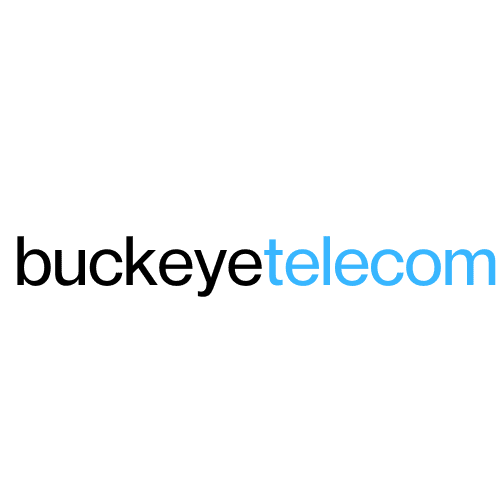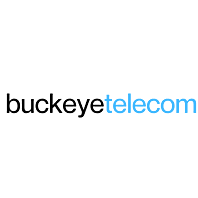Picture this: you’ve got a growing business, and your data—customer records, financials, that killer app you’re building—is stored on a couple of servers in the back office. It’s worked fine so far, right? But then, one day, the air conditioning conks out, and your servers overheat. Or a pipe bursts, and your “server room” (aka the utility closet) turns into an indoor pool. Maybe a power surge fries your equipment, or worse, a hacker finds your setup because it’s not as secure as you thought. Suddenly, you’re not just dealing with downtime—you’re losing customers, data, and money.
That’s the reality of not using a data center. Without the controlled environment, redundancy, and security that data centers provide, you’re rolling the dice. Here are some real risks I’ve seen companies face:
Downtime and Lost Revenue: If your servers go down, your business grinds to a halt. A 2023 study showed that unplanned downtime costs businesses an average of $7,900 per minute.
Data Loss: No proper backups? A single hardware failure could wipe out critical data. I’ve known companies that lost years of customer info because they didn’t have off-site backups.
Security Breaches: Data centers have firewalls, intrusion detection, and physical security like guards and biometric locks. Your office? Probably not. A 2024 report from IBM pegged the average cost of a data breach at $4.45 million.
Compliance Issues: If you’re in healthcare, finance, or retail, regulations like HIPAA or PCI-DSS require strict data handling. A data center makes compliance easier; your DIY setup might land you in hot water.
I get it—running servers in-house feels like you’re in control. But control comes with a lot of hidden costs and risks that can sneak up on you.
Why Do People Think Data Centers Are So Expensive?
Now, let’s tackle the elephant in the room: the perception that data centers are only for big corporations with deep pockets. I hear this all the time: “Jonathan, we’re a small business. We can’t afford a data center!” But here’s the thing—most of the time, that fear comes from a few common misconceptions:
Upfront Costs Seem Huge: People imagine they need to buy racks, servers, and cooling systems themselves. Nope! Data centers let you rent space, power, and cooling, so you’re not shelling out for infrastructure.
“Cloud Is Cheaper”Myth: Sure, cloud services like AWS or Azure are flexible, but they can get pricey as your data grows. Colocation in a data center—where you place your own servers in their facility—often costs less long-term.
Hidden In-House Costs: Companies forget that running their own servers means paying for electricity, cooling, IT staff, and constant upgrades. Those add up fast, and data centers bundle a lot of that for you.
Sticker Shock: When you get a quote for data center services, it might look like a big number compared to your current setup. But when you factor in the cost of downtime, breaches, or replacing fried hardware, it’s a bargain.
I’ve talked to business owners who were shocked to learn that their “cheap” in-house setup was costing them thousands in inefficiencies and risks. It’s like thinking you’re saving money by not getting car insurance—until you crash.
A Real-World Example: How Data Centers Are Feasible
Let me share a story about a client I worked with—a mid-sized e-commerce company called ShopSmart (not their real name, but you get the idea). They were running their website and inventory system on servers in their office basement. They thought they were saving money, but they were constantly dealing with slow load times, random outages, and a growing IT bill to keep things running.
I sat down with their CFO and broke it down. They were spending about $15,000 a year on electricity, cooling, and IT staff to manage their servers. Plus, they’d had two outages in the past year, which cost them $50,000 in lost sales and customer churn. I suggested they move to a local data center’s colocation service, where they’d rent rack space for their existing servers.
Here’s what the numbers looked like:
Data Center Cost: $1,200/month for a half-rack, power, cooling, and 1 Gbps internet. That’s $14,400/year.
Setup Fee: A one-time $2,000 to move their servers and get everything wired up.
Savings: They cut their IT staff needs by half (saving $10,000/year) and eliminated on-site power and cooling costs ($5,000/year).
Total First-Year Cost: $16,400 (including setup), but they saved $15,000 in operating costs and avoided outages worth $50,000.
By year two, they were spending less than their old setup, with 99.99% uptime, better security, and scalability to grow. ShopSmart’s team was thrilled—they could focus on selling products instead of fighting server fires. And this wasn’t a huge corporation; they had 30 employees and $5 million in revenue.
The Bottom Line
If you’re still on the fence about data centers, here’s my two cents: the risks of not using one—downtime, data loss, breaches—are way scarier than the cost of renting space in a data center. The idea that they’re too expensive comes from outdated assumptions or not seeing the full picture of in-house costs. For most businesses, even small ones, a data center is not only feasible but a game-changer.
Take a hard look at what you’re spending to keep your servers running today. Factor in the cost of a bad day—lost sales, angry customers, or a security breach. Then get a quote from a local data center. You might be surprised at how affordable it is to get enterprise-grade reliability without breaking the bank.
Got questions about making the switch? Drop a comment below or shoot me a message—I’m happy to chat! Until next time, keep your data safe and your business thriving.
Cheers,
Jonathan Eubanks

